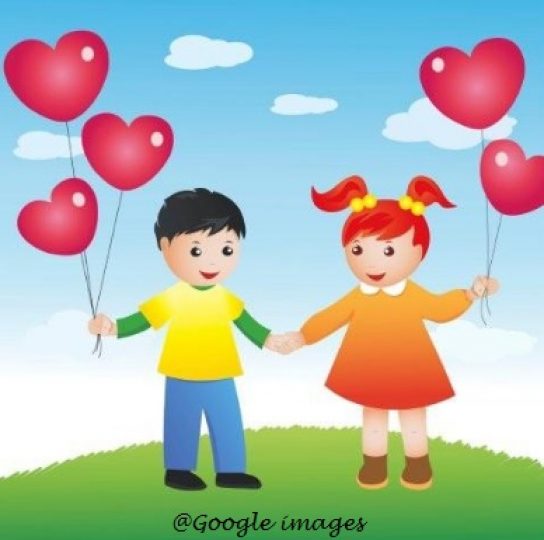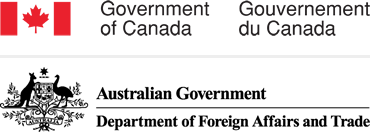Children’s rights are the human rights of children.1 Children’s rights include the right to health, education, family life, play and recreation, an adequate standard of living and to be protected from abuse and harm. Children’s rights cover their developmental and age-appropriate needs that change over time as a child. (The Children’s Rights Alliance, 2017).2 The United Nations’ 1989 Convention on the Rights of the Child, or CRC, is the first legally binding international instrument to incorporate the full range of human rights—civil, cultural, economic, political and social rights. Its implementation is monitored by the Committee on the Rights of the Child. National governments that ratify it commit themselves to protecting and ensuring children’s rights, and agree to hold themselves accountable for this commitment before the international community. The CRC is the most widely ratified human rights treaty with 195 ratifications. South Sudan and the United States are the only two countries which have not ratified the CRC.3
Given the laws, regulations and conventions, a vast majority of the children worldwide are in danger due to social unconsciousness and deep rooted poverty. They are deprived from their rights in various ways. The problem is more severe in the case of girls. In many ways, children are the victim of vulnerability. Some examples are – widespread child labor, trafficking, sexual abuse, early and forced marriage, etc. Child protection is a service or system to make a child safe and supported properly. In India, 12% of the children aged 2-14 years are engaged in child labor, 22% in Mozambique. Globally, less than 40% infants are exclusively breastfed. More than 30 million infants worldwide were at risk of iodine deficiency disorders in 2012. Fewer than 50 per cent of children are attending early childhood education programmes in a majority of countries or areas. Among the world’s migrants are more than 21 million refugees – some 10 million of whom are children – who have been forcibly displaced from their own countries. An additional 41 million people in 2015 were internally displaced due to conflict and violence, and estimated 17 million of those were children. The percentage of women aged 18 years and older who were married or in union before age 18 is 47% in India, 52% in Bangladesh, 48% in Mozambique, and 21% in Pakistan [Global database, Unicef, 2016].4 Child protection is not only concerned with meeting the needs of children and making them safe in the family, but also they should be safe at community and national levels. So, child protection is a shared responsibility among individuals, the family, the community and the government. Whenever a child is derived from the care of the family or the community, then child protection system takes the responsibility to support the child. Child protection system varies from one country to another.
In Australia, statutory child protection is the responsibility of state and territory governments. Departments responsible for child protection provide assistance to vulnerable children who are suspected of being abused, neglected or harmed, or whose parents are unable to provide adequate care or protection. In Canada, The Canadian Centre for Child Protection is dedicated to the personal safety of all children. They offer a number of programs, services and resources for Canadians to help them protect children and reduce their risk of victimization. In India, Government newly launched Integrated Child Protection Scheme (ICPS) to create a protective environment for children through the improvement and expansion of services for children in need of care and protection and children in conflict with the law under the provisions of the Juvenile Justice Act and related legislation. The ministry of Women and Child Development takes the lead in this case. In Pakistan, the Social Welfare Ministry and its attached departments such as National Commission for Child Welfare and Development (NCCWD), Child Protection & Welfare Bureau, etc. to enforce, monitor and protect children, especially those in conflict with the law.
A 2014 European Commission survey on child protection systems listed a number of categories of children needing help.5 Following are few:
- Child victims of sexual abuse/exploitation,
- Child victims of neglect or abuse,
- Child victims of trafficking, etc.
A number of organizations are working with the governments for ensuring better child protection. The prominent are Odisha State Child Protection Society, Free the Children, Friends-International, Save the Children, War Child, World Vision, UNICEF, TARA Homes for Children, etc.(Wikipedia, 2017).
Could you share one of your organization’s contribution to strengthen the child protection system? How do GIRLSInspire initiatives support child protection? I am looking forward to your contribution in this regard.
References:
- https://en.wikipedia.org/wiki/Child_protection (retrieved on 24 Feb 2017)
- http://www.childrensrights.ie/childrens-rights-ireland/childrens-rights-ireland (retrieved on 24 Feb 2017)
- http://networkofcommunityactivities.org.au/wp-content/uploads/2013/03/un_rights_child.pdf (retrieved on 22 February 2017)
- Unicef, Global Database, 2016 (data.unicef.org)
- https://ec.europa.eu/eusurvey/runner/EU-guidance-on-integrated-Child-Protection-Systems (retrieved on 23 February 2017)




2 thoughts on “Child Protection – How our works contribute?”
To strengthen the child protection system in Pakistan, SPARC organize workshop and seminars on child Rights. The main objectives of these workshop and seminars to sensitize the relevant stakeholders and built their capacity on child related issues in Pakistan
SPARC has its own training unit and training unit continuously designing and providing training to child rights activists, law enforcing agents, educationalists, children, parents, community members, government and non government officials and stake holders; particularly those who are directly in touch with children. The effort make them effective promoters and protectors of child rights in Pakistan; devoted to, and proud of being advocates for child protection. We are also committed to creating, and developing training materials, guidelines, and other operating procedures that will inspire and empower them to become better activists.
ODL, capacity building training and webinars related to girls child may be helpful globally and enhance the knowledge of partners of Girls Inspire team.
Dear Sajeeda,
Great to know the experiences of SPARK in terms of protecting and promoting child rights in Pakistan. Excellent thing is the approach your are following in your drives for child protection. It can be a good lesson for other partners.
Violation of child rights are both explicit and implicit. For example, even if we provide free education for the children, a question always comes to my mind whether it supports the child rights explicitly? Are the education given to them is helpful for the children to become an able and confident citizen for the future? What is the structure of education provided? Just a critical thought! Hope we will discuss the issue more deeper in today’s webinar!
Thanks for your share!
Best regards,
Mostafa
Comments are closed.